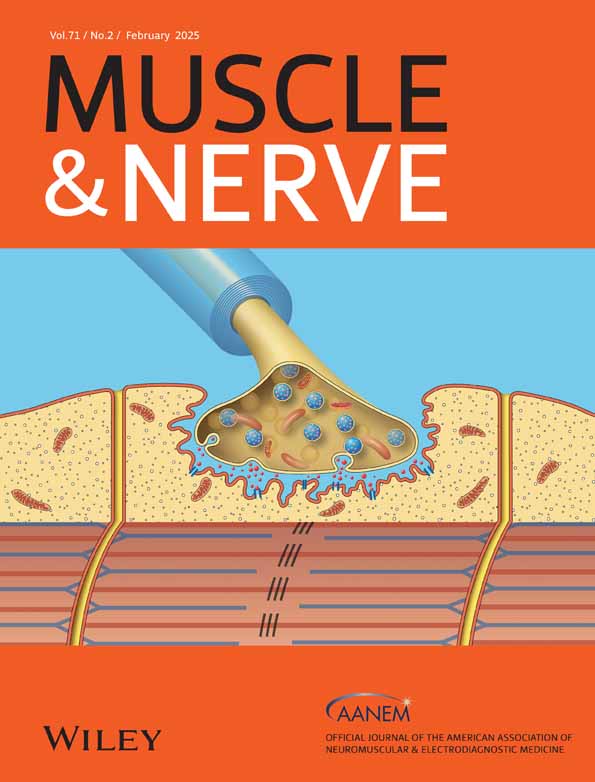Validity and Reliability of the 6-min Pegboard and Ring Test in Patients With Duchenne Muscular Dystrophy
Funding: The authors received no specific funding for this work.
ABSTRACT
Introduction/Aims
Tests for assessing upper extremity (UE) functional capacity in patients with Duchenne muscular dystrophy (DMD) are limited. This study aimed to evaluate the validity and reliability of the 6-min pegboard and ring test (6PBRT) as a practical tool for this purpose.
Methods
Children with DMD (n = 22) were evaluated using the 6PBRT for UE functional capacity, the Quick Disabilities of the Arm, Shoulder, and Hand (Q-DASH) for functionality, the Pediatric Quality of Life Inventory (PedsQL) for quality of life, and a dynamometer for handgrip strength and UE muscle strength.
Results
The 6PBRT showed excellent test–retest reliability, with an intraclass correlation coefficient (ICC) of 0.978 (95% confidence interval, 0.946–0.984). A very strong positive correlation was observed between the test and retest 6PBRT mean scores (r = 0.981). The mean 6PBRT score exhibited moderate-to-strong correlations with handgrip strength (r = 0.653, r = 0.646, right/left, respectively), muscle strength (shoulder flexors [r = 0.793, r = 0.797, right/left, respectively], shoulder abductors (r = 0.763, r = 0.743, right/left, respectively), elbow flexors [r = 0.743, r = 0.755, right/left, respectively]), mean Q-DASH score (r = −0.555), and mean PedsQL score (r = 0.611).
Discussion
The 6PBRT appears to be a valid and reliable measure for assessing upper extremity functional capacity in patients with DMD. This test is suitable for patients who are able to lift both hands above their heads.
Trial Registration: NCT06174025
Conflicts of Interest
The authors declare no conflicts of interest.
Open Research
Data Availability Statement
Research data are not shared.




